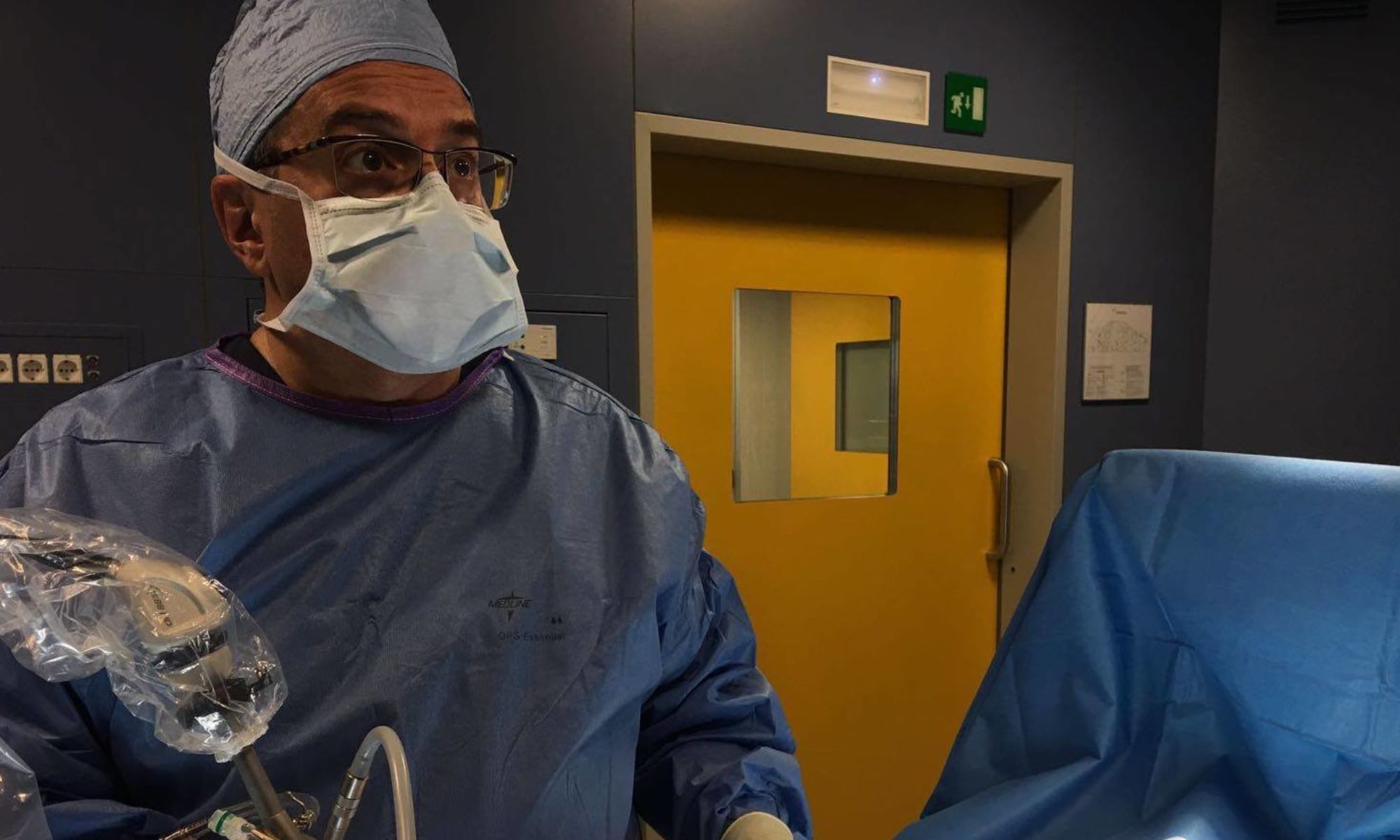[vc_row row_type=”0″ row_id=”” blox_height=”” video_fullscreen=”true” blox_image=”” blox_bg_attachment=”false” blox_cover=”true” blox_repeat=”no-repeat” align_center=”” page_title=”” blox_padding_top=”” blox_padding_bottom=”” blox_dark=”false” blox_class=”” blox_bgcolor=”” parallax_speed=”6″ process_count=”3″ video_url=”” video_type=”video/youtube” video_pattern=”true” row_pattern=”” row_color=”” maxslider_image1=”” maxslider_image2=”” maxslider_image3=”” maxslider_image4=”” maxslider_image5=”” maxslider_parallax=”true” maxslider_pattern=”true”][vc_column width=”1/1″][vc_column_text]
WHAT IS IT
It is a malignant tumor that arises in the large intestine. In 40% of cases it is found only in the rectum and in about 70% in the straight section sigma.
INCIDENCE
In Italy it is, as a cause of death, ranking third in men and the fourth in women without a big difference in incidence between the sexes. It occurs mainly advanced average age (between 60 and 75 years).
MAIN CAUSES
Epidemiological studies have shown that certain factors play an important role in tumor development. Among them: high-fat diets and bovin meat, low in waste and fibers, familiarity. In the latter case, the risk of presenting the disease is 2:00 to 3:00 times higher in people whose close relatives have already had cancer of the intestinal tract. The greater the risk in patients with chronic idiopathic inflammatory disease of the large intestine (rectum ulcerative colitis), in subjects with colorectal adenomas in people with familial polyposis.
EVENT
Symptoms initially are often underestimated by patients and may depend on the place of occurrence, the size and extent of the tumor. When the cancer affects the right side of the colon occurs particularly with lack of appetite, weight loss, anemia and pain. When the involvement affects the left portion prevail hive changes, diarrhea and constipation, cramping and abdominal distension. Blood in the stool is the most important symptom and sometimes the only poster in rectal cancer.
DIAGNOSIS
The diagnostic approach is not possible without an accurate and complete collection of medical history, including family history of malignant neoplastic disease and / or benign (familial polyposis colon cancer, colon cancer and so on.), History of chronic inflammatory diseases (RCU) , the presence of adenomas of the colon and finally the age. It is absolutely necessary to investigate the characteristics of the bleeding and on the hive changes in recent months.
After the collection of clinical information following the examination of the anal and rectal regions by digital exploration, anoscopy and sigmoidoscopy. Then perform a colonoscopy or the Rx Clisma Opaque double contrast which evaluate the remaining portion colic.
THERAPY
In cases where the tumor is present in the initial phase not infiltrating the underlying structures (polyps with severe dysplasia and / or with degeneration aspects carcinomatous), it is sufficient only the excision endoscopic and / or surgical.
In more advanced forms we proceed to the removal of the intestinal tract affected by cancer with the relevant lymph drainage area.[/vc_column_text][vc_row_inner][vc_column_inner el_class=”” width=”1/3″][ultimate_modal icon_type=”none” modal_contain=”ult-youtube” modal_on=”button” onload_delay=”2″ btn_size=”lg” btn_bg_color=”#325b7b” btn_txt_color=”#ffffff” modal_on_align=”center” txt_color=”#f60f60″ modal_size=”medium” modal_style=”overlay-cornerbottomleft” overlay_bg_color=”#333333″ header_text_color=”#333333″ modal_border_width=”2″ modal_border_color=”#333333″ modal_border_radius=”0″ modal_title=”Video intervention” btn_text=”Video intervention”]
[/ultimate_modal][/vc_column_inner][vc_column_inner el_class=”” width=”1/3″][ultimate_modal icon_type=”none” modal_title=”Video intervention” modal_contain=”ult-youtube” modal_on=”button” onload_delay=”2″ btn_size=”lg” btn_bg_color=”#325b7b” btn_txt_color=”#ffffff” modal_on_align=”center” txt_color=”#f60f60″ modal_size=”medium” modal_style=”overlay-cornerbottomleft” overlay_bg_color=”#333333″ header_text_color=”#333333″ modal_border_width=”2″ modal_border_color=”#333333″ modal_border_radius=”0″ btn_text=”Video intervention”]
[/ultimate_modal][/vc_column_inner][vc_column_inner el_class=”” width=”1/3″][ultimate_modal icon_type=”none” modal_title=”Video intervention” modal_contain=”ult-youtube” modal_on=”button” onload_delay=”2″ btn_size=”lg” btn_bg_color=”#325b7b” btn_txt_color=”#ffffff” modal_on_align=”center” btn_text=”Video intervention” txt_color=”#f60f60″ modal_size=”medium” modal_style=”overlay-cornerbottomleft” overlay_bg_color=”#333333″ header_text_color=”#333333″ modal_border_width=”2″ modal_border_color=”#333333″ modal_border_radius=”0″]
[/ultimate_modal][/vc_column_inner][/vc_row_inner][/vc_column][/vc_row]
